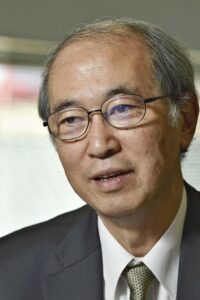
Ito Takatoshi, Professor at Columbia University, Adjunct Professor at the National Graduate Institute for Policy Studies (GRIPS) Key points As the economy recovers, the United States moves toward a rise in long-term interest rates Stock price gaps between types of industry suggest market rationality Central bank to communicate carefully with stock markets One year has passed since the start of restrictions on economic activities in Japan, the United States, and Europe to control the COVID-19 pandemic. The economy has sustained major damage as a result of the declarations of a state of emergency and lockdowns, the unemployment rates have risen and consumption in some sectors remains weak. GDP in both Japan and the United States has dropped by nearly 10% from the most recent peak in the second quarter of 2020. In the near term, the trend is toward a recovery but ... ... [Read more]








